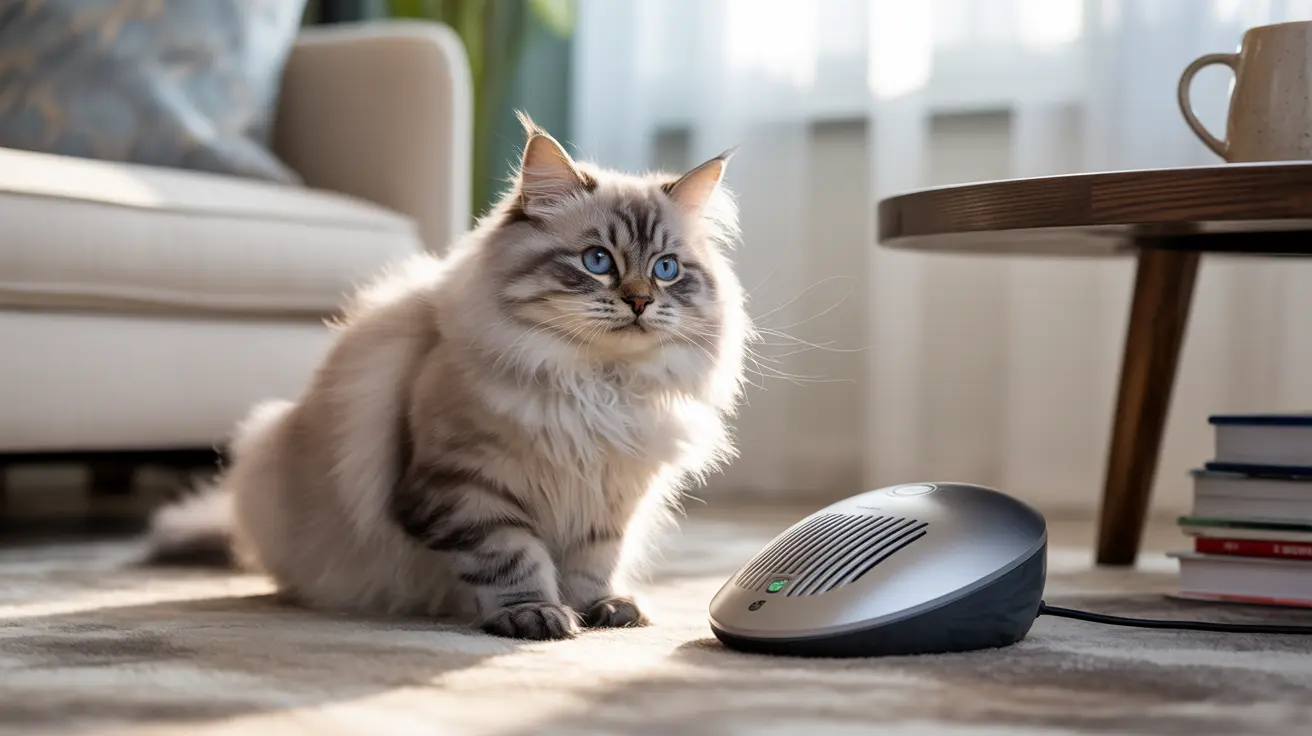Understanding Ultrasonic Pest Repellers
Ultrasonic pest repellers are electronic devices that emit high-frequency sound waves, typically ranging from 20 kHz to 65 kHz. These sounds are designed to create an uncomfortable environment for pests, encouraging them to leave the area without using harmful chemicals or traditional traps.
The appeal of these devices lies in their non-toxic, eco-friendly nature. However, their effectiveness and impact on household pets require careful consideration.
Cat Hearing Capabilities and Ultrasonic Frequencies
Cats possess remarkably sensitive hearing that extends far beyond human capabilities. Their hearing range spans from 48 Hz to an impressive 85 kHz, making them capable of detecting the high-frequency sounds emitted by ultrasonic pest repellers.
This superior hearing ability evolved to help cats detect prey, particularly rodents, which communicate using ultrasonic frequencies. This natural adaptation means your cat can likely perceive sounds from pest repellers, even when you can't.
Impact on Cat Behavior and Well-being
While most cats appear unaffected by low-intensity ultrasonic pest repellers, individual responses can vary significantly. Some cats may show signs of discomfort or distress, including:
- Increased agitation or restlessness
- Excessive meowing or vocalization
- Ear twitching or flattening
- Hiding or avoiding certain areas
- Changes in eating or sleeping patterns
Special Considerations for Sensitive Cats
Certain cats may be more vulnerable to the effects of ultrasonic devices:
- Kittens with developing sensory systems
- Elderly cats with heightened sensitivities
- Cats with anxiety or nervous dispositions
- Pets with pre-existing health conditions
Safe Usage Guidelines
If you decide to use ultrasonic pest repellers in your home, follow these safety measures:
- Start with one device in a non-essential area
- Monitor your cat's behavior closely for the first few weeks
- Keep devices away from your cat's favorite spots
- Consider models with adjustable frequencies
- Be prepared to remove or relocate devices if needed
Alternative Pest Control Methods
If your cat shows sensitivity to ultrasonic devices, consider these pet-friendly alternatives:
- Natural deterrents (cat-safe essential oils)
- Physical barriers and exclusion methods
- Professional pest control services using pet-safe products
- Regular cleaning and maintenance to prevent pest problems
Frequently Asked Questions
Can cats hear the high-frequency sounds produced by ultrasonic pest repellers?
Yes, cats can hear ultrasonic pest repellers as their hearing range extends up to 85 kHz, well within the frequency range of these devices (20-65 kHz).
How can I tell if my cat is being irritated or distressed by an ultrasonic pest repeller?
Watch for signs like restlessness, excessive vocalization, ear twitching, hiding, or avoiding certain areas of your home. Changes in eating or sleeping patterns may also indicate distress.
Are ultrasonic pest repellers safe to use around kittens and sensitive cats?
Extra caution is needed with kittens and sensitive cats. These groups may be more susceptible to distress from ultrasonic frequencies. Consider alternative pest control methods if you have vulnerable cats.
What should I do if my cat shows signs of discomfort from ultrasonic pest repellers?
If your cat shows signs of distress, immediately remove or relocate the device. Consider switching to alternative pest control methods and consult your veterinarian if symptoms persist.
Are there pet-friendly alternatives to ultrasonic pest repellers that effectively control pests?
Yes, alternatives include natural deterrents, physical barriers, professional pest control services using pet-safe products, and maintaining clean, pest-resistant environments.
By carefully considering your cat's individual needs and responses, you can make an informed decision about whether ultrasonic pest repellers are suitable for your home. Remember that your pet's comfort and well-being should always be the priority when choosing pest control solutions.






